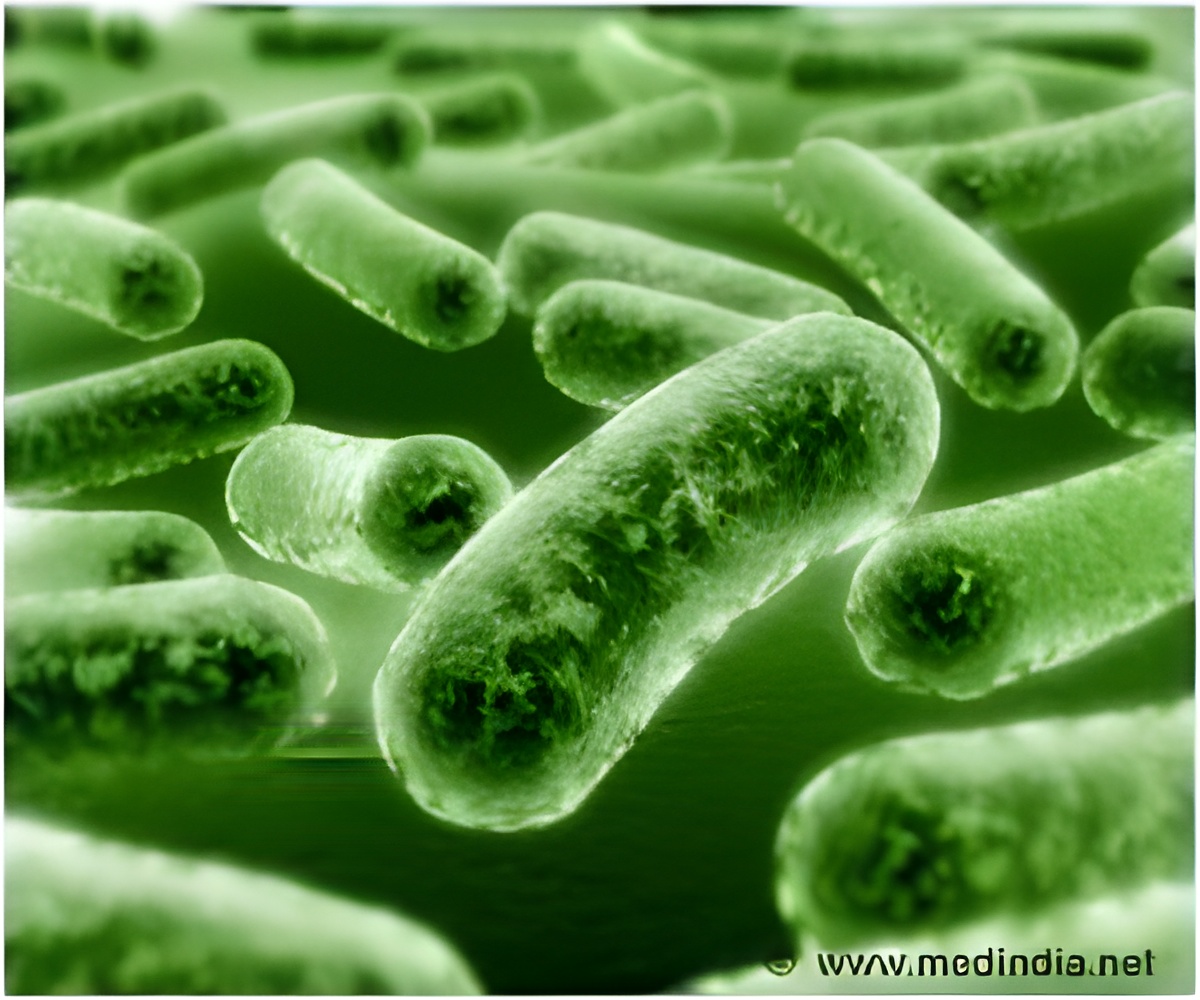The receding flood waters are causing a major health calamity in Mumbai with another 14 deaths were reported from Mumbai taking the toll in this worst affected

Water borne diseases is the general term used to denote diseases associated with poor water supply or quality. In developing world countries four-fifths of all illness is caused by water-borne diseases, with diarrhoea being the leading cause of childhood death. Of the 14 major floods, which occurred globally between 1970 and 1994, floods in West Bengal led to a large cholera epidemic.
Among the various factors held responsible for water borne diseases, flooding assumes a leading role and is associated with an increased risk of infection due to significant population displacement and compromise in the water quality. It can potentially increase the transmission of the following communicable diseases:
Water-borne diseases:Typhoid fever, cholera, leptospirosis and hepatitis A
Vector-borne diseases:Malaria, dengue and dengue haemorrhagic fever, yellow fever, and West Nile Fever
The major risk factor for outbreaks associated with flooding is the contamination of drinking-water facilities, and even when this happens, as in Iowa and Missouri in 1993.
The danger of malaria is more during the monsoon season due to breeding of mosquitoes and when the water starts receding and some of it remains stagnant. Hence floods may indirectly lead to an increase in vector-borne diseases through the expansion in the number and range of vector habitats.
The increasing population and unplanned housing colonies with improper sanitation infrastructure is the main cause of the increase in water borne diseases during the monsoon seasons in India.
The current disaster will only repeat itself unless the government implements strict policies to be followed during urbanization and pay immediate attention to proper drainage systems in our cities, towns and villages. The current handling of the situation in Mumbai is in great contrast to the recent handling of a bigger Tsunami disaster Tamil Nadu. It just goes to show how an efficient administration can make all the difference.
Further informatation on Water Borne Diseases on Medindia
Dysentery: Dysentery is a common water borne disease and is due to ingestion of contaminated water. It is caused by the four different species of the bacteria Shigella. The number of bacteria required to cause an infection is small and between 10 to 100 organisms can caused dysentery. Abdominal pain followed by watery diarrhea is common after the infection.
Enteric fever:Typhoid or ’enteric fever’ is caused by infection with ’salmonella typhi’. In 1907, Mary Mallon (United States cook) became the first American carrier to be identified and traced. She is fondly remembered by the name “ Typhoid Mary” for being an immune carrier (no symptoms but capable of infecting others) of typhoid and infecting dozens of people.
Symptoms are a rapidly fluctuating temperature, drowsiness, diarrhoea, abdominal rash, delirium and coma. Immunization is effective and the disease is treatable with antibiotics.
Cholera: Cholerais defined as an acute infectious disease, which is caused by the ingestion of foods or water that has been contaminated with the bacterium Vibrio Cholerae. This disease has over the last century taken a great number of lives, killing millions of people since is emergence in 1800 - Calcutta India. After its first reported outbreak, there have been approximately a total of eight major cholera epidemics worldwide.
Today our understanding of water borne diseases is better,hence, we have managed to a large extent, to curtail further epidemics. However, whenever there is a calamity like the recent floods in Maharastra and other parts of the country, the danger of another small epidemic resurfacing increases.Learn more on how to keep your water source safe from the Cholera Bacteria.
Dengue:The Dengue fever is an extremely infectious virus, which is carried by the domestic mosquito and spreads from person to person through what may seem like a harmless mosquito bite. The Infection with dengue viruses causes clinical illness ranging from a less dangerous non-specific viral syndrome called ’Dengue fever’ to severe and fatal hemorrhagic disease of ’Dengue Hemorrhagic Fever (DHF)’.
Dengue has slowly spread to more then 100 countries. In 2002 more then 2.5 billion people were at risk of infection with this virus. This would roughly work out to 40% of the world population!!
Malaria: Malaria is an infectious disease, which is not new to India or the tropical regions of Asia. It is a disease, which still manages to cause about 500 million infections and 2 million deaths annually worldwide. The danger of malaria is more during the monsoon season due to breeding of mosquitoes and when the water starts receeding but some of it remains stagnated. The problem is worst in cities with poor drainage systems. Find out how you can prevent yourself from malaria.










